The views expressed in our content reflect individual perspectives and do not represent the authoritative views of the Baha'i Faith.
In this essay, Navajo Baha’i Bitahnii Wayne Wilson and Chris Buck continue their conversation about the striking parallels between the Navajo spiritual traditions and the Baha’i teachings.
Q: Bitahnii Wayne, I’m curious to know more about the Twin Grandfathers of the Twin Warriors in the Diné beliefs. Is the term, “Twin Grandfathers,” ever used in the sacred Diné/Navajo traditions?
A: The reason why I’m informing you about our Holy People and the holy Twin Prophets of the Baha’i Faith, the Bab and Baha’u’llah, is because they reflect each other!
In our ancient Blessing Way Ceremony, the “Rainbow and Corn Pollen Path” sand painting begins with the Rainbow Path that leads to Two Holy figures that one recognizes as First Grandfather “Talking Spirit” or “Talking God” and “First Calling Spirit” or “First Calling God.”
The Corn Pollen Path—or, as we say, the “Restoration of Walking the Beautiful Rainbow and Corn Pollen Path—is a highly and richly symbolic sand painting. At the bottom of the Corn Stalk, the sand painting shows the Two Holy Grandfathers—or what you called the “Twin Grandfathers.” To me, this sand painting shows that one must recognize these messengers of God as they’re born into this world.
Q: So who are the other two figures, appearing on the left and right of the sacred Corn Stalk?
A: The two who are next to the Corn Stalk are considered to be Spirit Guides. One is “Corn Pollen Boy” and the other is “Corn Beetle Girl.” They’re Spirit Guides of our attitude towards our experiences in life—with the male essence being the lightning, and the female essence being the rainbow. The sand painting shows that as we travel up the Corn Stalk, we can balance those two essences and restore harmony to ourselves and to the world once again.
Q: So is this sand painting not only a visual prayer, but a visual, symbolic prophecy as well?
A: Yes. Our prophecies are in our ceremonies and chants. They tell of how life can be beautiful on Earth, and also tell of the ugly side of life and of Earth’s catastrophic changes, due to the loss of our prayers in our Indigenous languages and ceremonial ways. All this will bring about mass confusion and chaos. As a result our, environment is also becoming more degraded—and now dangerous and life-threatening, due to cataclysmic climate change.
You have to keep in mind that colonization has taken its toll through the assimilation process of the boarding school era and also through missionary Christianity and other ways of life being forced upon us. So sadly, we have lost some of our ceremonial ways. But some have survived—or transitioned—and some have always stayed strong and survived.
Q: You chose this “Rainbow and Corn Pollen Path” sand painting for a good reason—partly because it depicts the Two Holy Grandfathers, right? In your view, do the Two Holy Grandfathers somehow have a connection with the Bab and Baha’u’llah?
A: I chose it because it reflects some of what we have been discussing about the two Holy Ones at the base of the Corn Stalk. The Corn Stalk is our Indigenous traditional Navajo Tree of Life, what the Baha’i teachings refer to symbolically as “the tree beyond which there is no passing:”
Advance, O people, with snow-white faces and radiant hearts, unto the blest and crimson Spot, wherein the Tree beyond which there is no passing is calling: ’Verily, there is none other God beside Me, the Omnipotent Protector, the Self-Subsisting!’ – Baha’u’llah, Epistle to the Son of the Wolf, pp. 128-129.
The Divine Lote-Tree—which Muhammad and Baha’u’llah called in Arabic the Sadratu’l-Muntahá, which means the “Lote-Tree of the Utmost Farthest Boundary”—symbolically marks the end of the seventh heaven, the border of consciousness which no creation can pass. Ultimately, Baha’u’llah said, the Divine Lote-Tree is a metaphor for the messenger of God:
For the faith of no man can be conditioned by any one except himself.
This is one of the verities that lie enshrined in My Revelation—a verity which I have revealed in all the heavenly Books, which I have caused the Tongue of Grandeur to utter, and the Pen of Power to inscribe. Ponder a while thereon, that with both your inner and outer eye, ye may perceive the subtleties of Divine wisdom and discover the gems of heavenly knowledge … that ye may not stray far from the All-Highest Throne, from the Tree beyond which there is no passing, from the Habitation of everlasting might and glory. – Baha’u’llah, Gleanings from the Writings of Baha’u’llah, p. 143-144.
Q: So do you connect this sand painting with the appearance of the Twin Manifestations, the Bab and Baha’u’llah?
A: It is already there! I’m saying the Bab and Baha’u’llah were already here—long before, and during, the development of humanity.
This concept and idea is new to you. But, for us traditional Navajo, this spiritual guidance, through these Holy Ones, has always been here—and is a recurring event in a spiritual way, much like the processes of the cycles of the four seasons and times of the day and night, the sun and the moon and their eclipse.
The way I understand this particular sand painting is that it starts from walking upon the Rainbow Path that represents your old beliefs or other religions. But you then you must recognize the Bab and Baha’u’llah first in order for you to experience what it means to be a Baha’i.
Ethkaynaashi is what I’ve been sharing. Ałkeeh na ashi’ or Naki’ Na ashi’. They all mean the Twins, the Holy Twin Grandfathers, the follower pairs, the two who travel together as one, and/or Primordial Pairs—the Twin Manifestations of God. So, as Navajo Baha’is, we would say the Ethkaynaashi, Ałkeeh na ashi’, Naki’Na ashi’ of this day and age would be the Bab and Baha’u’llah.
It is what one would say is both a new and ancient revelation of these spiritual teachings. The great Holy Ones, Manifestations, prophets, spiritual teachings are all, as Baha’u’llah said, of the Great Spirit, Creator, Almighty, God. They all reflect each other and reflect back into the universe, if we live by these teachings and sing our chants and say our prayers.
This is what I mean when I say that the Navajo and Baha’i teachings share very similar spiritual perspectives—now we’ve gone full circle in both Navajo spiritual teachings and Baha’i teachings!


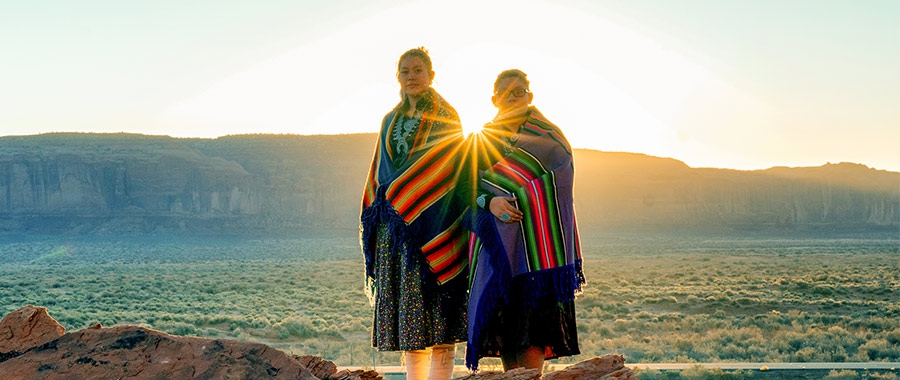
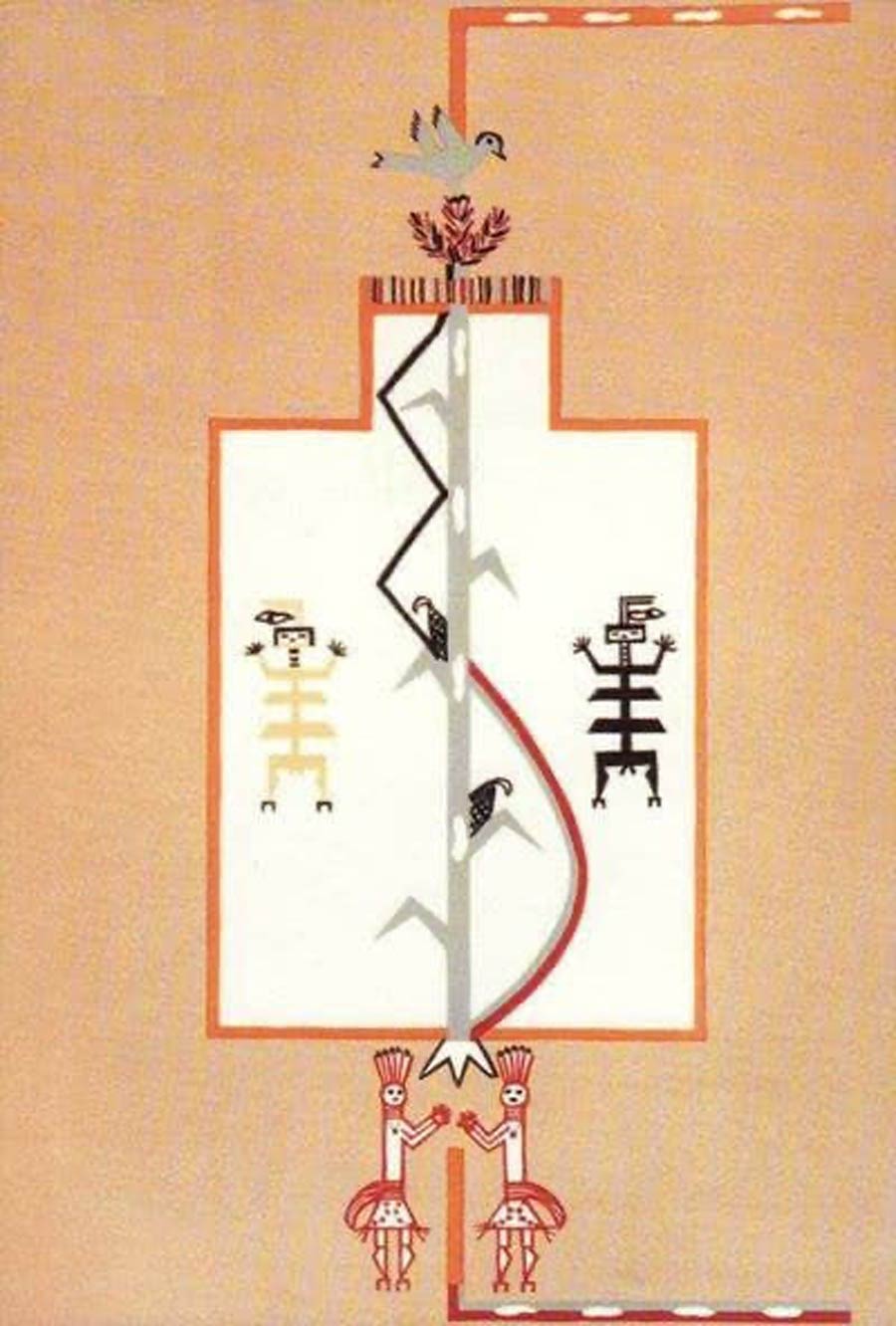
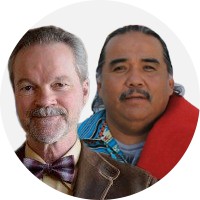

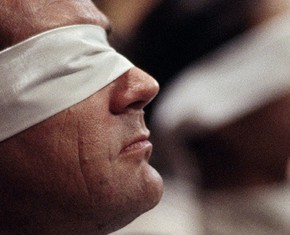
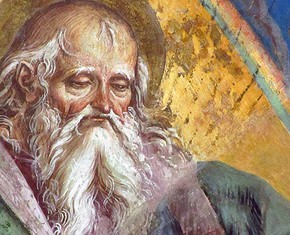









Comments
Sign in or create an account
Continue with Googleor